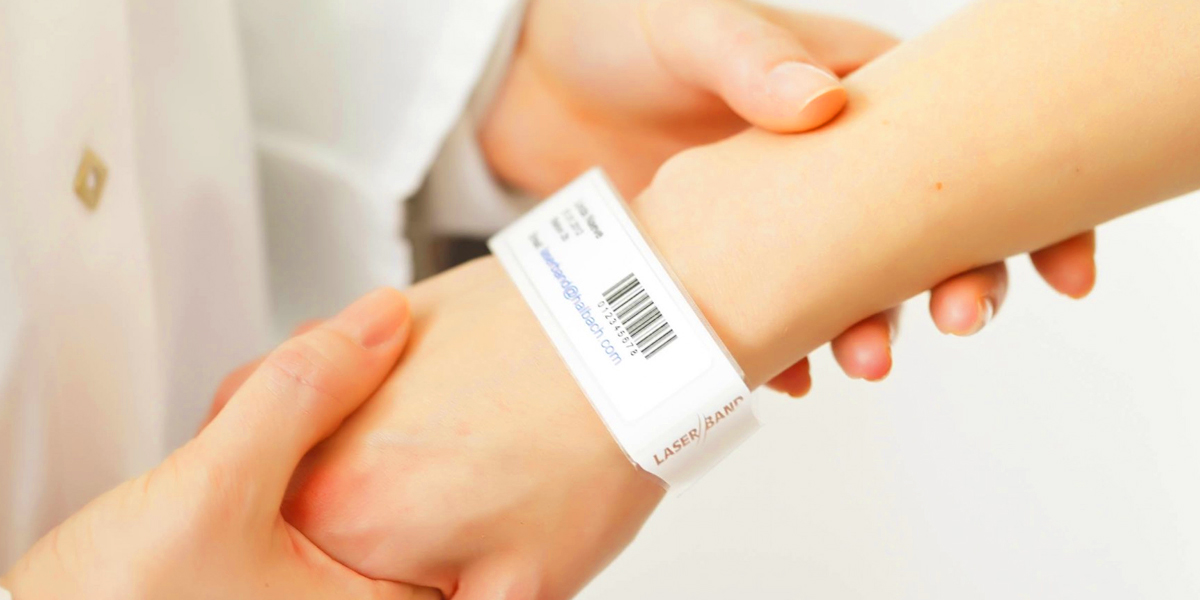One of a nurse’s main duties is to administer medication to the patients under his or her care. Getting the right medication to the right patient at the right time can be complicated, especially when patient loads are high, so it does not always happen the way that it should. In fact, rates of medication administration errors are reported to be anywhere from 2% to 60%. Errors in giving a patient a medication can be life-threatening, so it is important to take extra precautions to avoid any mistakes. Nurses can use these six “rights” of medication administration as a checklist to help prevent mistakes from happening.
Right Patient

The first thing to check is whether you are with the right patient. Ask each patient to tell you his or her name and compare the name given to the medication order every time you go to administer medication. If a patient cannot tell you his or her name, check the admission wristband to confirm the patient’s identity before administering any medication.
Right Drug

After you have confirmed you are with the right patient, check to make sure the drug you have is the drug that the chart specifies. If there is any ambiguity or there are discrepancies in the chart, double-check with the patient’s doctor before administering any medication. Also, be sure to listen to the patient about whether the drug is correct. Often, the patient may not know, but he or she could have information that was not documented in the chart, so double-check with a doctor if any of the relayed information conflicts with what is written in the chart.
Right Dose

Now that you have the right patient and the right drug, you will need to verify that the dose on the chart matches what you are ready to administer. Even if they do match, if something about the dosage seems unusual or differs drastically from previous doses, look for the documentation that notes the change or check with a doctor to confirm that the dosage is correct. Ask the doctor to document this change more accurately in the patient’s chart.
Right Route

You should also check that the way the medicine will be administered is correct. If the drug is a pill, it may seem obvious that it should be swallowed, but some drugs are meant to be held under the tongue or between the cheek and the gums to be absorbed by the body. Additionally, drugs that are given by injection may need to be administered intravenously, subcutaneously, or intramuscularly. Even if the general route is correct, you should check on the specific method of delivery within that type of administration.
Right Time and Frequency

The right times and frequency of the dosages are also important and can have dire consequences if not correctly followed. The timing of a dosage may have to line up with whether a patient has eaten recently, or it may have to be a certain amount of time after another medication to avoid decreasing or increasing either of the drugs’ effects.
Right Documentation

Finally, once the medication is administered, you must be sure to document what you did correctly. You cannot complete the documentation after administration, or it is considered falsification of records. To accurately document medication administration, just go over rights two through five again and write down what the drug is, what the dosage was, how it was administered, and what time you gave it to the patient.
Accurate documentation is important both for the patient and for the care facility and its staff. Good records can help to determine the most likely cause if a patient has an adverse reaction to a medication. They can also help to protect the people caring for the patient to show that the correct actions were taken at the right times in cases where a patient experiences a negative outcome.
The Six Rights That Help to Avoid Errors

When these six rights of medication administration are followed, fewer errors will occur, which will help protect patients. Even when following these six rights, medication administration errors can still occur stemming from other areas within the healthcare arena, but those errors will be easier to find and correct if a nurse establishes a habit of checking off these six rights every time he or she goes to give a patient medication.

